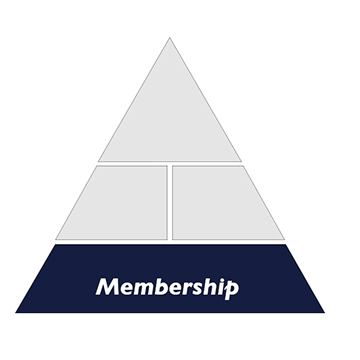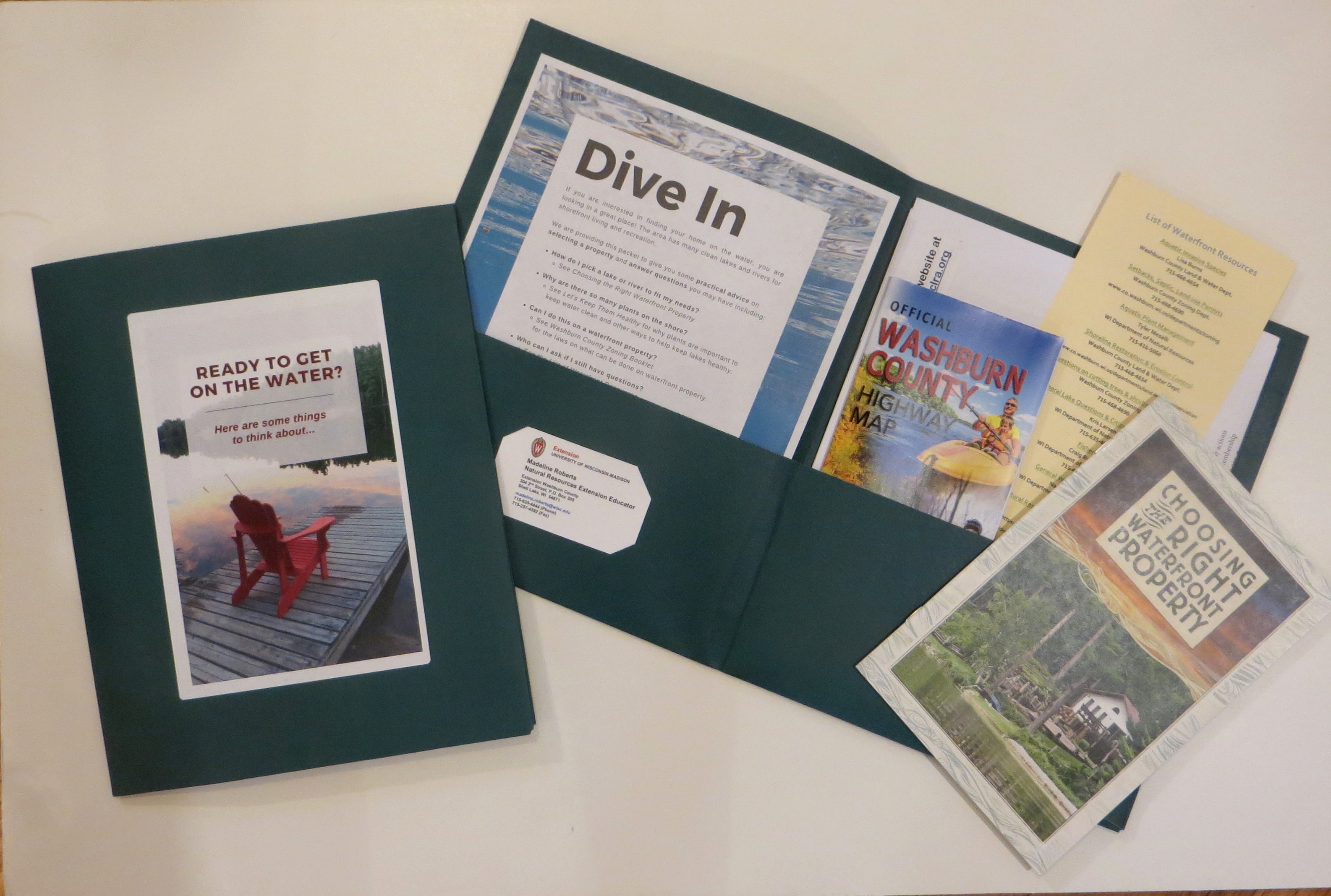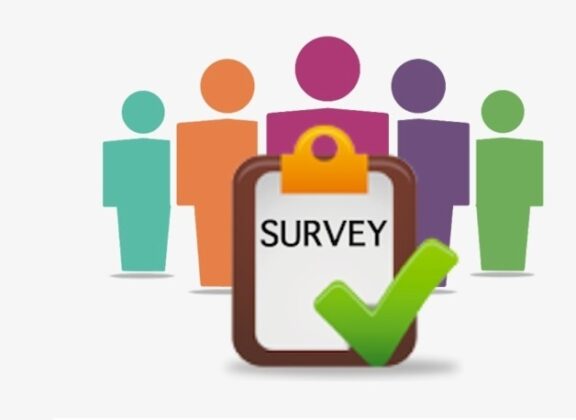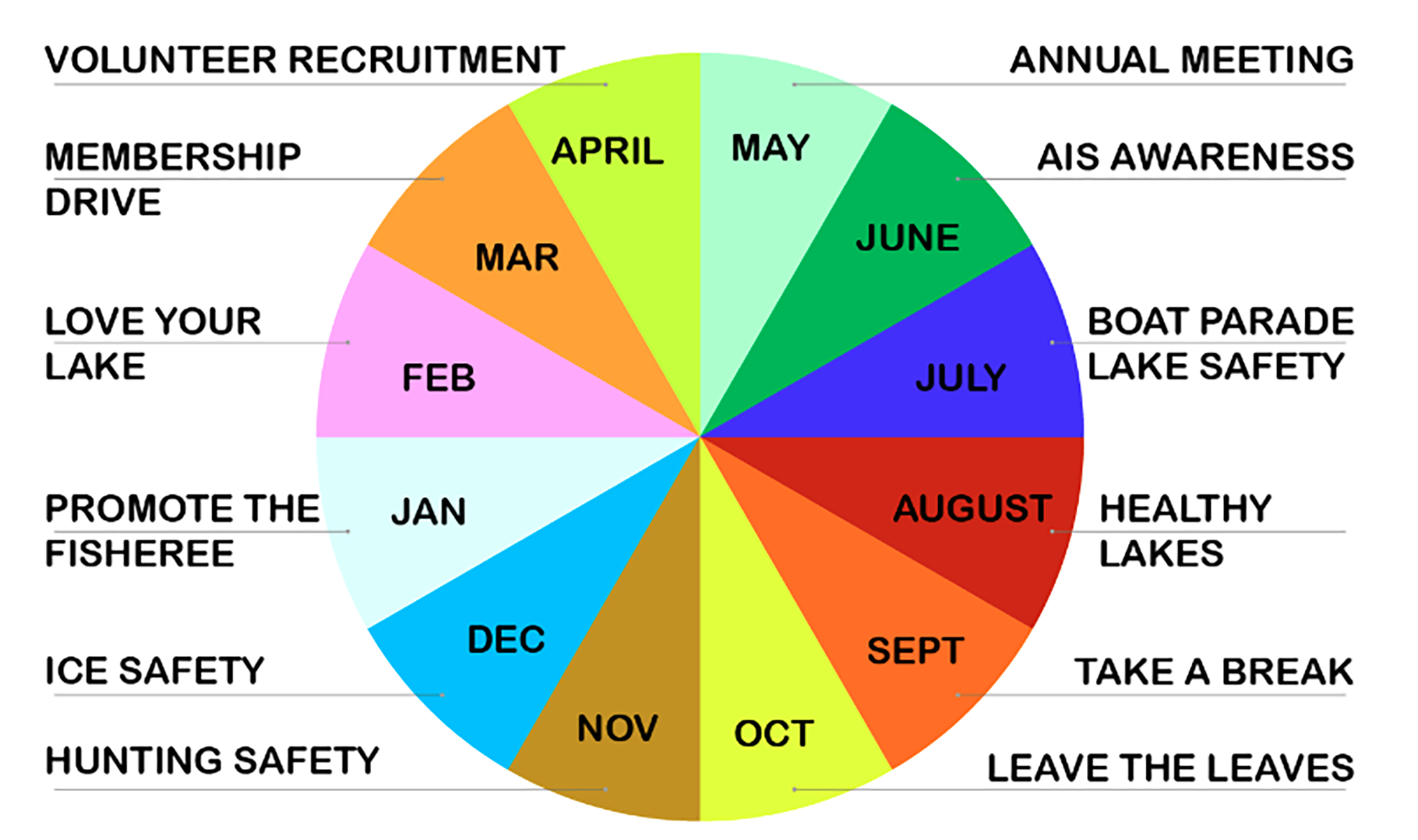
Membership Capacity
(from the Lake Tides Capacity Corner Article, Volume 43, No. 1, Winter/Spring 2018)
Our mental model of lake organization capacity is built around four related parts: membership, internal functions, external relationships, and programs. Membership is the basis for the other three: a group needs members who provide financial and volunteer support that fuels all other efforts. Internal Functions is mostly about how a lake association or lake district conducts its internal affairs. Organizations develop good External Relationships by collaborating and networking with external people and groups. Lake groups leverage these three types of capacity to increase their ability to conduct Programs and get things done.
Member engagement is fundamental to community
responses to water resource problems.
-Mae Davenport and Erin Seekamp
Membership capacity reflects the value of an organization to the population of its possible supporters. People and households tend to join organizations if they believe doing so will reflect well on them, if they understand and believe in what the organization seeks to accomplish, and perhaps if they may receive something beneficial in return for their support. Lake associations attract members who believe that by joining forces with neighbors, they can have a collective impact on the health of their lake. Lake districts, in contrast, typically have boundaries drawn to include all those landowners who would benefit from the lake district; once the district is formed, the landowners become compulsory “members” of the district.
Wisconsin’s surface water grant program has long recognized the importance of membership capacity for ensuring that grant funds are allocated wisely. Lake districts and other local governments are automatically eligible for grants; lake associations must meet the DNR’s standards for a
qualified lake association. Several of the standards focus on membership aspects of the lake group, specifically:
Drawing on the research of Mae Davenport and Erin Seekamp, the Extension Lakes program identified five facets of membership capacity that lake organizations would ideally be prioritizing in order to build a solid foundation for their efforts:
1.
Raise Awareness: The ability to develop and maintain a high level of knowledge within members about lake conditions and management options.
2.
Access Technical Skills: Intentional recruitment to bring in volunteer or paid staff to provide critical expertise, such as project management, water quality management, accounting, communication, fundraising, etc.
3. Identify Issues: Collect information (meetings, interviews, etc.) from both members of your organization and the community to document their priorities for lake management or improvement.
4.
Create a Process for Involvement: An open, transparent approach to engaging citizens has been developed to recruit new members and increase discussion within the larger community about issues important to your organization.
5.
Conduct Outreach: Members of your organization (including those who don’t currently hold a leadership role) are capable and active promoters of your mission to their connections, which has led to new members and donations to support your efforts.
Each of these five facets is easier said than done, but we can learn from each other to minimize reinventing the wheel and hone in on some “best practices”, including:
Lake association boards or lake district committees needs to spend time thinking through and developing an awareness strategy: what exactly are you trying to raise awareness about? How would you measure progress: do you have benchmarks of awareness that you are comparing against?
In many cases, a controversial issue has often served as a jumping off point for having a larger conversation about their lake. For example, a heavy rainfall during a road construction project near a lake resulted in a visible plume of sediment in water near the lake. This provided an opportunity to discuss the lake’s watershed in a newsletter article, exploring all the different points where polluted runoff could easily make its way into the lake.
While it may seem daunting to think strategically about how your lake organization raises awareness among its members, there are a number of tools that can help.
Welcome packets for new waterfront property owners
Providing a welcome packet of information for new property owners often is the role of lake associations and districts. This is an ideal time to welcome new individuals/families to the lake community and introduce them to the lake as well as to the group. Each lake organization can and should customize their welcome packet for their area.
Here are just a few items you may want to include in a welcome packet:

Please
share with us what you provide in your welcome packets!
 Membership Survey
Membership Survey
A membership survey is a tool that allows membership to voice their concerns and opinions in an anonymous way. Providing a membership survey is a good way for your organization to hear from all members, even those who do not attend meetings.
 Sample Membership Survey - Use this sample to develop your own survey. Feel free to
reach out to us to have us review your survey before you send it out.
Sample Membership Survey - Use this sample to develop your own survey. Feel free to
reach out to us to have us review your survey before you send it out.
 Managing Membership Lists
Managing Membership Lists
Capterra regularly posts blog articles giving advice to nonprofit organizations. One recent blog summarized nine free and open source membership management software products.
The databank is a Minnesota-based company that provides an all-in-one cloud hosted database that provides fundraising, email marketing, advocacy tools and support. Chris Hanson, Co-founder and CEO of thedatabank, gbc posted a short blog that introduces an 18-page guide for building capacity through the strategic use of technology. The blog also includes a link to a short presentation by Chris recorded in 2017. View the webinar and access the guide here.
 Example Email Timeline/Plan Template
Example Email Timeline/Plan Template
Communicating information out to your membership is one of the most important things you can do to increase your oganization's capacity. Shared spreadsheets available through Google or Microsoft make it possible for multiple volunteers to collaborate in real time without passing around attachments via email. We’ve created a generic email communications planning spreadsheet that you can copy and use with your organization to get the ball rolling.
 Example Email Timeline/Plan Template - Google Sheets
Example Email Timeline/Plan Template - Google Sheets
Summer 2011 -
Need Help? Top Ten Tips for Recruiting Leaders and Volunteers to Your Lake Organization
Winter/Spring 2019 -
A Closer Look at Membership
Winter/Spring 2020 -
Taking a Look at Membership in 20/20
Winter/Spring 2021 -
Engaging Members in Virtual Opportunities
